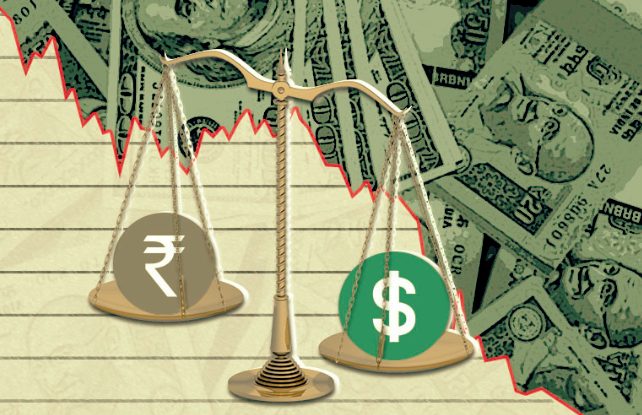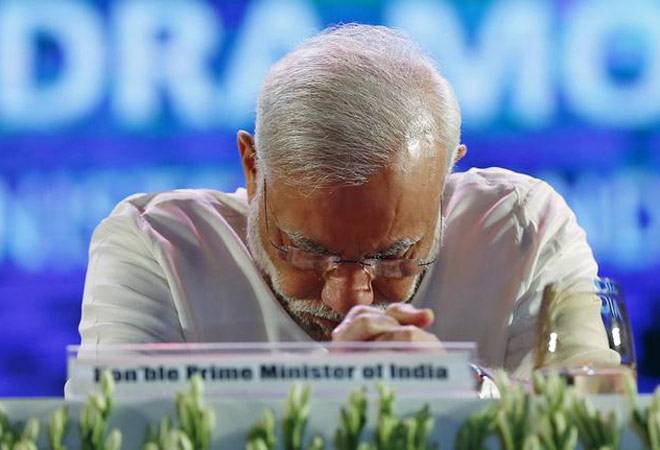In the broader markets, both S&P BSE MidCap and S&P BSE SmallCap ended 1.4 per cent lower as the rupee hit a new record low of 72.72 in the afternoon trade.
The S&P BSE Sensex ended at 37,413, down 509 points while the broader Nifty50 index settled at 11,287, down 151 points.
With Rupees at its Historic nadir against Dollar Reserve Bank of India (RBI) has added another 6.8 tonnes of gold to its forex reserves which are the highest monthly addition to the reserves so far after 2009.
After buying 200 tonnes from the International Monitory Fund (IMF) in 2009, the RBI made the first token purchase in December 2017 with just 300 kg and then added more 2.2 tonnes in March 2018.

In first four months of FY19, total 12.7 tonnes were added to the gold reserves, of which 11.2 tonnes were purchased in June and July, according to the World Gold Council data.
According to the July updated WGC data, now total reserves have gone up to 573.1 tonnes which are 5.5 per cent of total forex reserves.
According to an RBI data, till 30 June 2018, from 14 tranches of sovereign gold bonds (SGB) total Rs 68.96 billion (in terms of gold value it amounts to 23.53 tonnes) has been raised through the scheme since its inception in November 2015.
However, in the recently released annual report, the RBI had stated that amount raised by SGB is lower than expected, “reflecting low investor appetite.”
Globally, Russia and Turkey are among aggressive buyers of gold for its currency reserves. According to WGC, In July, around 63 tonnes of gold was added by the global central banks to their forex reserves.
Marc Faber, a renowned global investor and editor and publisher of ‘The Gloom, Boom & Doom Report’ said that he finds Indian stocks expensive
at the current levels so he predicted Rupees to reach 100 for a dollar









